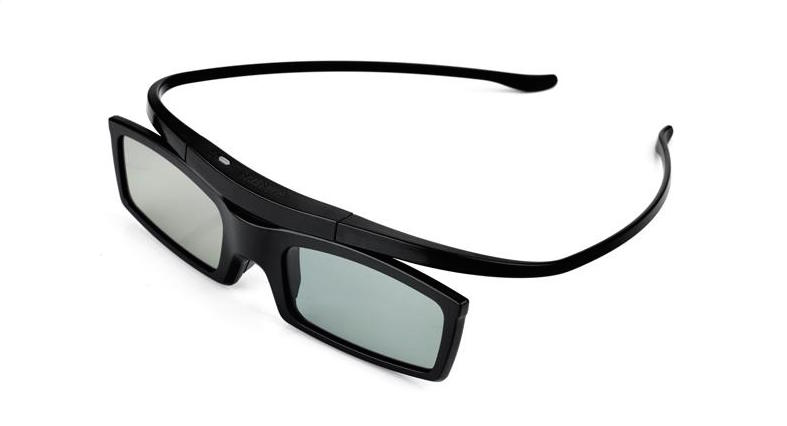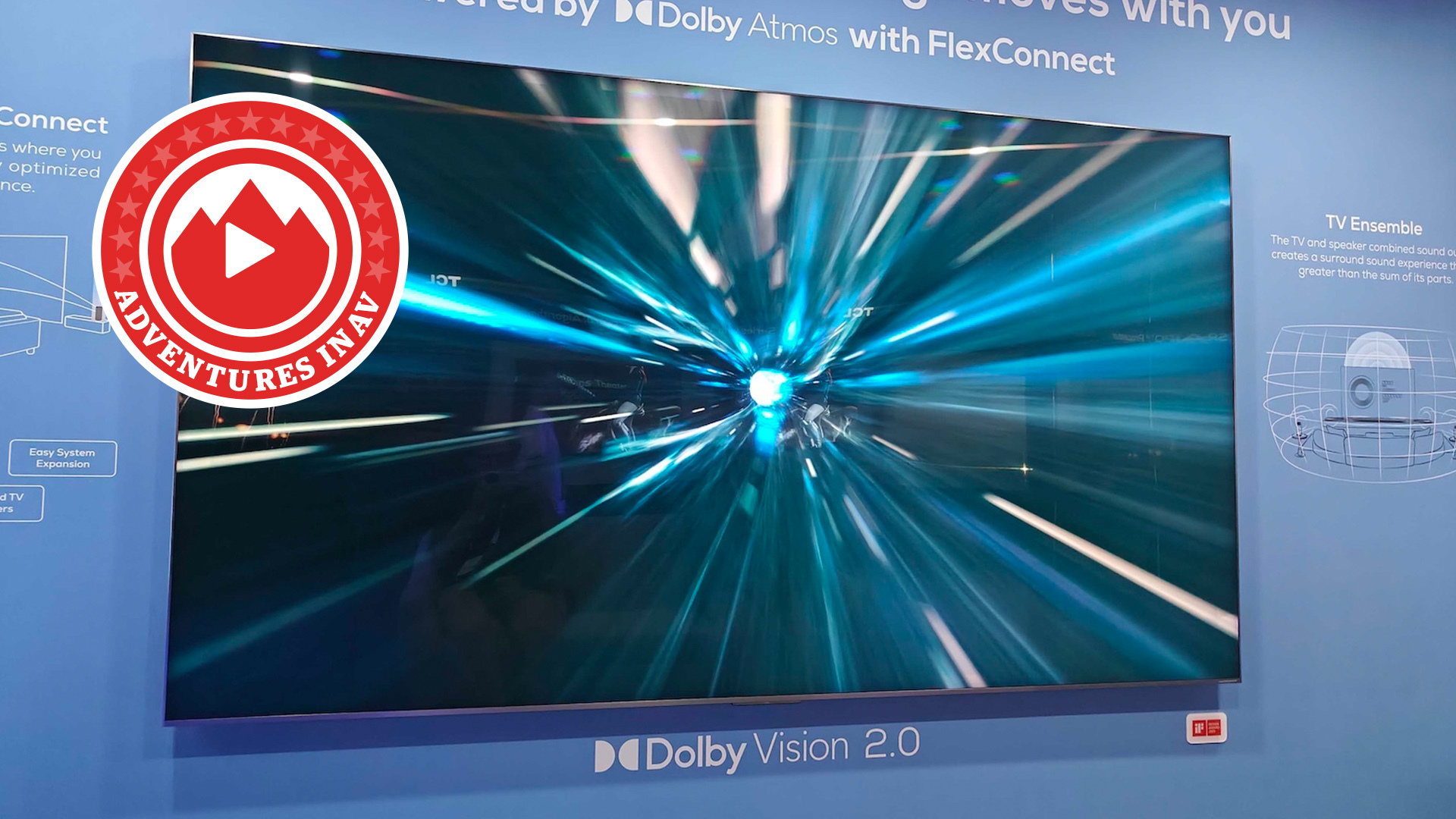3D TVs died before they had a chance to get good – I think it’s time for them to come back
4K and even 8K screens are perfectly suited for 3D that's actually good

“What happened to 3D TVs?” a fellow dad asked me last weekend while we were each keeping an eye on our respective offspring at a fifth birthday party. No doubt he was just making polite conversation, but little did he know that he’d just stumbled onto one of the many tech subjects that animates me far more than it probably should.
You see, even after all this time (manufacturers such as Samsung released their last 3D TVs in 2015) I’m still angry about the whole sorry saga. A saga in which manufacturers, so desperate to sell us flagship TVs with new technologies, pushed 3D with the insistence of Grandma pushing Bourbon biscuits, despite the fact that it was, at the time, crap.
You have to remember that this was the time of the 1080p, aka Full HD, TV – a resolution just a quarter of the 4K that’s now pretty commonly available. 1080p was fine for 2D TV at the time, but getting it to work with simple 3D glasses of the type you’d be given at the cinema involved dividing the resolution by two – one half for each eye. That level of resolution loss was obvious and not at all pleasant.
The solution some manufacturers went with was battery-powered, active glasses. These allowed for the native resolution of the content to be retained, even when watching in 3D. Brilliant! Except the glasses were very expensive (I recall those for the Panasonic plasma I had at the time were priced at about £90 / $110 / AU$170 a pair), they were never charged when you wanted to use them, and they were deeply uncomfortable, partly because the batteries made them heavy and partly because TV manufacturers unsurprisingly know very little about making eyewear.
Lots of people bought 3D TVs but only some of them actually wanted the 3D element – for everyone else it was just a feature of a TV they bought for other reasons. And even those who wanted 3D TV invariably found that either the quality was too poor (in the case of the passive glasses) or the experience too inconvenient (active glasses) and eventually gave up, and this apathy on the part of consumers eventually persuaded manufacturers to stop trying to force-feed everyone.
In the end, 3D TVs were unceremoniously put out to pasture right around the birth of 4K TVs. That’s no coincidence – manufacturers could afford to stop trying to convince us of the merits of one technology because they suddenly had another one to force into our unsuspecting faces (“How about a Custard Cream, deary?”).
The thing is, not only is 4K brilliant in its own right, but it's also precisely the technology that could have made 3D great.
The latest hi-fi, home cinema and tech news, reviews, buying advice and deals, direct to your inbox.
The active glasses solution was never going to work. Too much of a faff. But if the cheap and cheerful passive glasses were combined with a 4K native display, you’d still get a 2K 3D presentation, which is more than adequate for a satisfying performance.
It's worth noting that 4K TVs with support for 3D did appear, but that was around 2015, when 3D was so unpopular that the likes of Sky, ESPN and the BBC had already ceased broadcasting 3D content. When 4K Blu-ray players finally arrived in 2016, 3D was already essentially dead.
The potential of 3D on 4K TVs really needs to be explored once more. Even better, 8K TVs are now available. With passive glasses, those would be able to deliver a 4K 3D image. Now that would be excellent, and surely a better use of those 8K TVs than actual 8K content, which looks as though it may never arrive and which seemingly no one except Samsung cares about.
To be clear, I’m not saying that 3D should be the next big thing for TVs. It’s only good for some content and for some people it will simply never appeal, but if done properly and for just some movies and games, I think it could be brilliant.
I suspect, though, that we’ll never find out, because the TV manufacturers screwed the whole thing up by going too hard and too fast when the technology was in its technologically compromised early stages.
MORE:
These are the best TVs you can buy right now
Talking of TV tech, check out our OLED vs QLED showdown
Tom Parsons has been writing about TV, AV and hi-fi products (not to mention plenty of other 'gadgets' and even cars) for over 15 years. He began his career as What Hi-Fi?'s Staff Writer and is now the TV and AV Editor. In between, he worked as Reviews Editor and then Deputy Editor at Stuff, and over the years has had his work featured in publications such as T3, The Telegraph and Louder. He's also appeared on BBC News, BBC World Service, BBC Radio 4 and Sky Swipe. In his spare time Tom is a runner and gamer.

